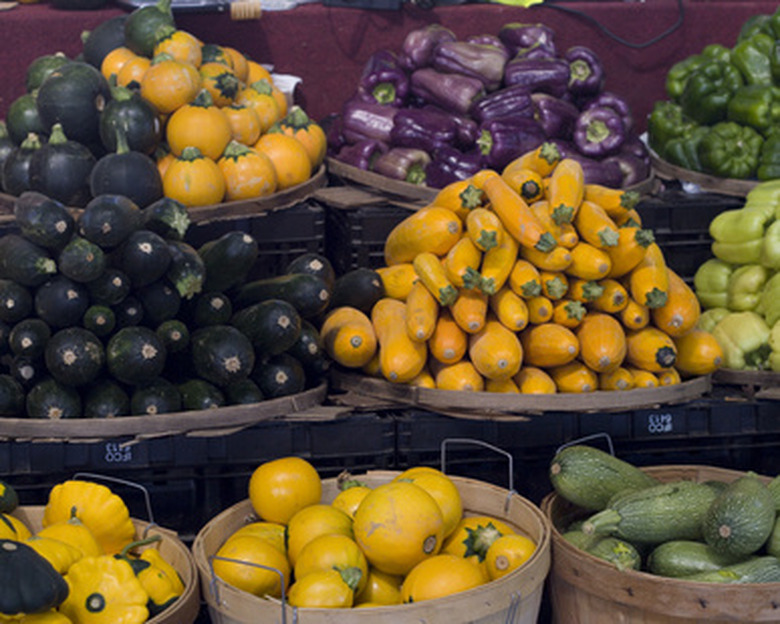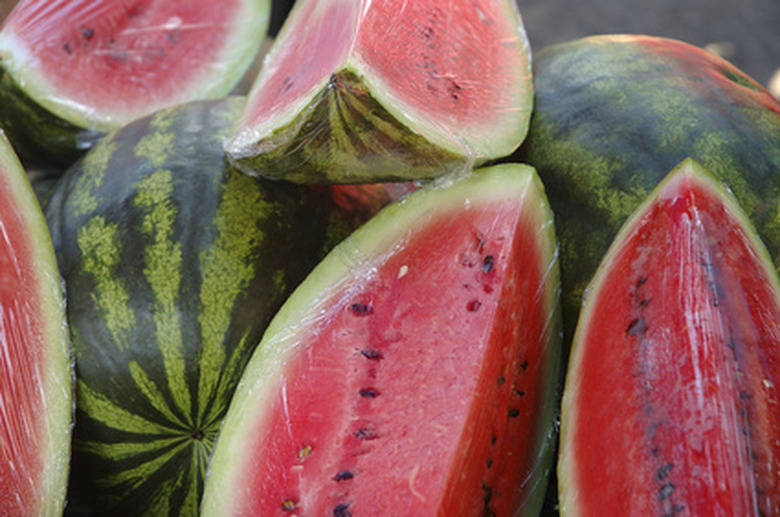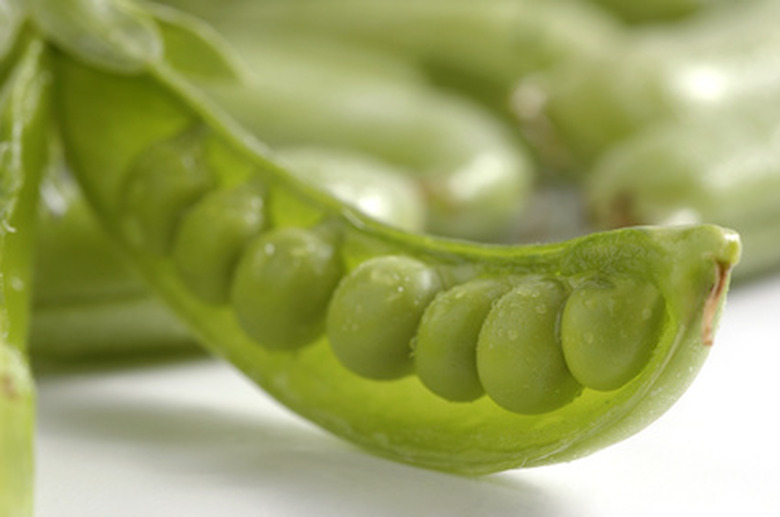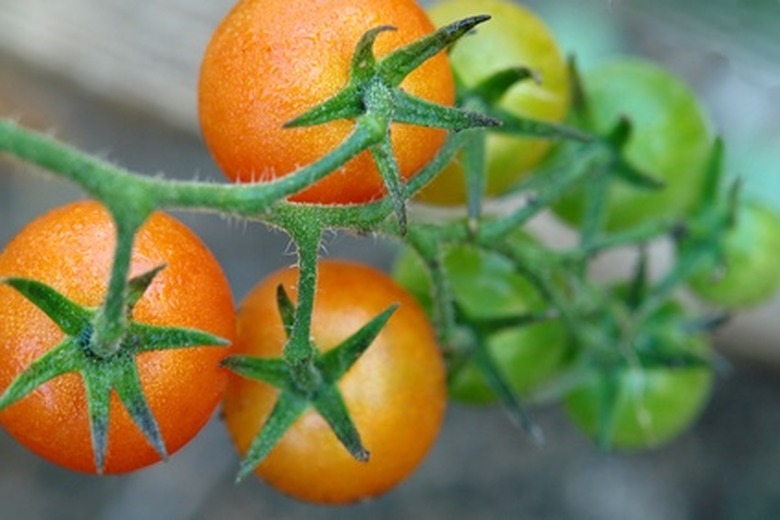The Best Areas In The United States To Grow Vegetables
The United States provides a wealth of climates and soil conditions that allow gardeners in different areas to grow a wide range of vegetables. To determine the best areas in the United States to grow a specific vegetable, consider its needs, including length of growing season, soil composition and requirements for water and sunlight.
Growing Season
To grow a particular vegetable, a gardener must know both the approximate amount of time it takes for its seeds to change into plants with vegetables that are ready to harvest, and the approximate length of the growing season in his area. The backs of seed packets state the number of days a particular vegetable needs for this process. Determine the length of the growing season by counting the days between the estimated last and first dates of frost. Nurseries start plants from seeds in greenhouses during months that are too cool to support seed germination, extending the growing season for northern gardeners. Adventurous gardeners with short growing seasons begin seeds at home, using heating pads and lights to create a warm, bright environment. The best way to know what to plant in any area of the United States and when is to talk to experienced gardeners in that area–they often have tips for growing both common vegetables and more challenging ones.
- The United States provides a wealth of climates and soil conditions that allow gardeners in different areas to grow a wide range of vegetables.
- To grow a particular vegetable, a gardener must know both the approximate amount of time it takes for its seeds to change into plants with vegetables that are ready to harvest, and the approximate length of the growing season in his area.
Soil Composition
Soil composition varies from the loose, rich loam of the Midwest to the hard red clay of the Carolinas. Vegetables with shallow roots, such as lettuces, tolerate harder soil better than those with deep roots, such as carrots. Additionally, soil rich in organic matter is a requisite for vegetables like eggplant and peppers to be lush. Evaluating the soil composition in your area gives you an idea of what types of vegetables do best there. Local university cooperative extensions offer soil analysis cheaply, and can provide good general information about soil conditions in your area. Supplementing soil that doesn't meet the requirements of vegetables you would like to grow is a viable if potentially expensive option.
Water Requirements
Rainfall has a huge impact on vegetable growth. If you live in a dry area but have the time, energy and means to irrigate, your vegetable options expand. However, ecologically conscious gardeners often prefer to focus on vegetables that are comfortable in the area's conditions without irrigation. Desert dwellers might enjoy experimenting with chilis and cacti rather than forcing thirsty crucifers such as broccoli to adapt to places far removed from their native environments.
- Soil composition varies from the loose, rich loam of the Midwest to the hard red clay of the Carolinas.
- However, ecologically conscious gardeners often prefer to focus on vegetables that are comfortable in the area's conditions without irrigation.



